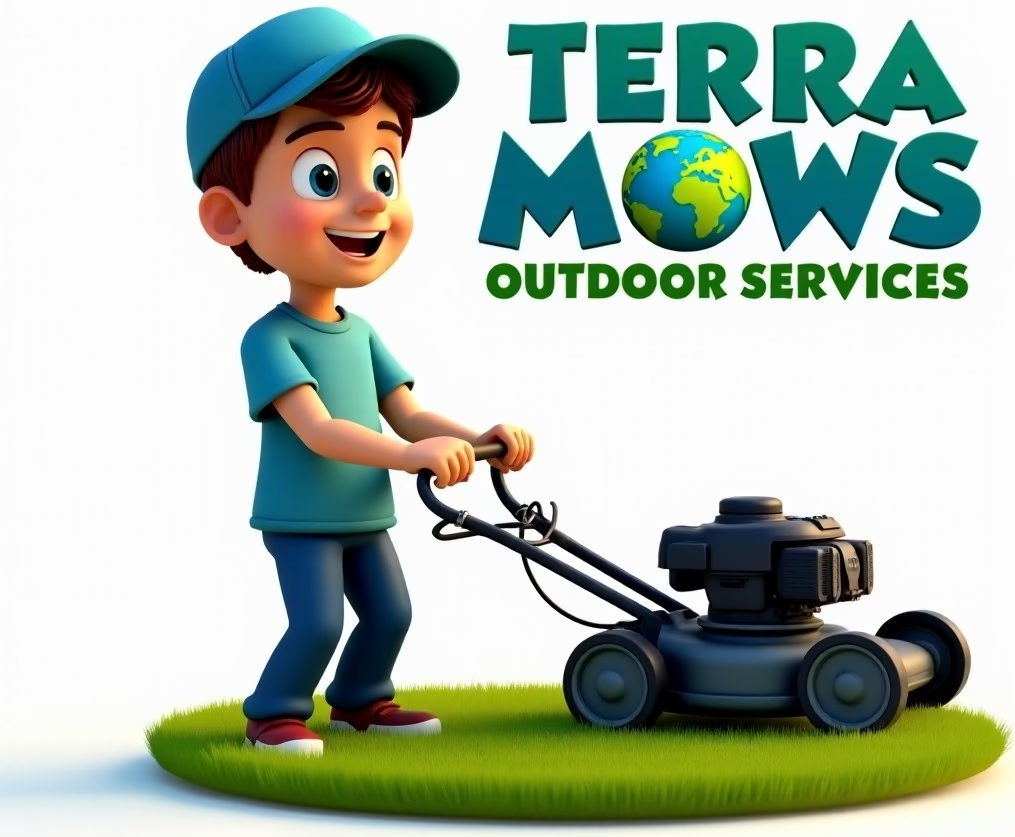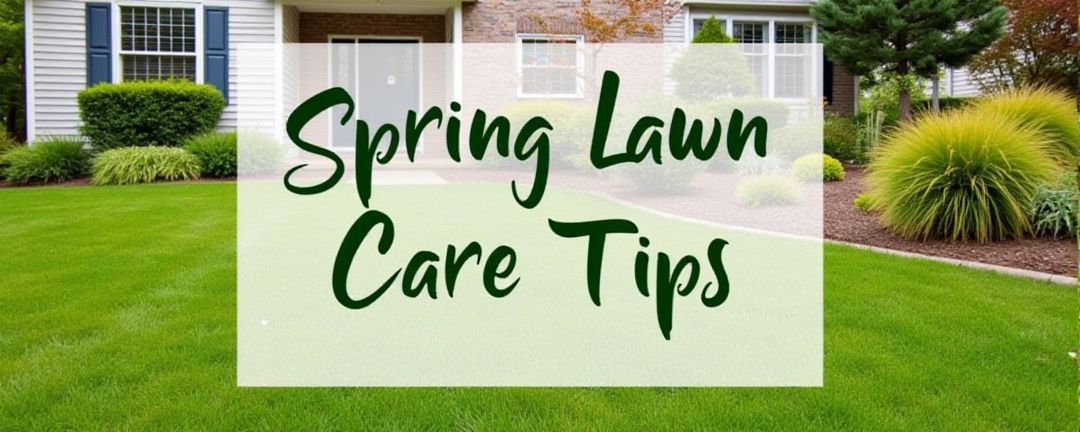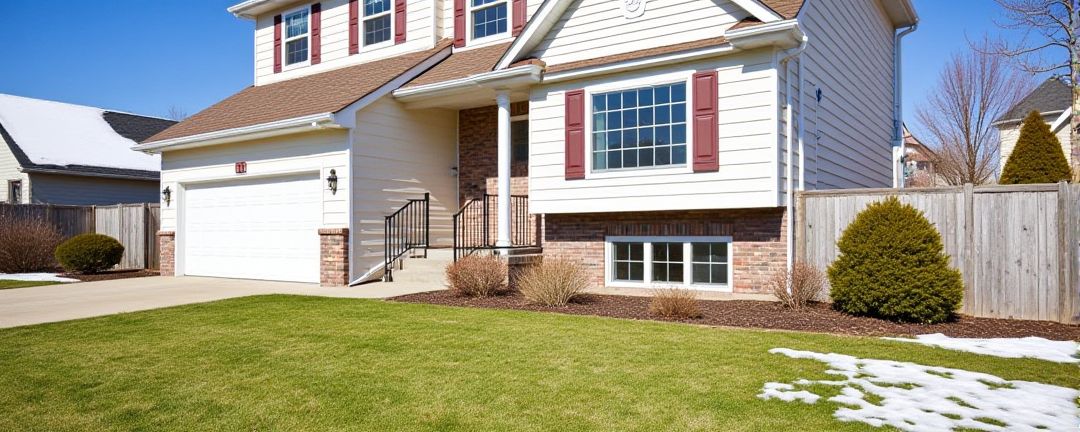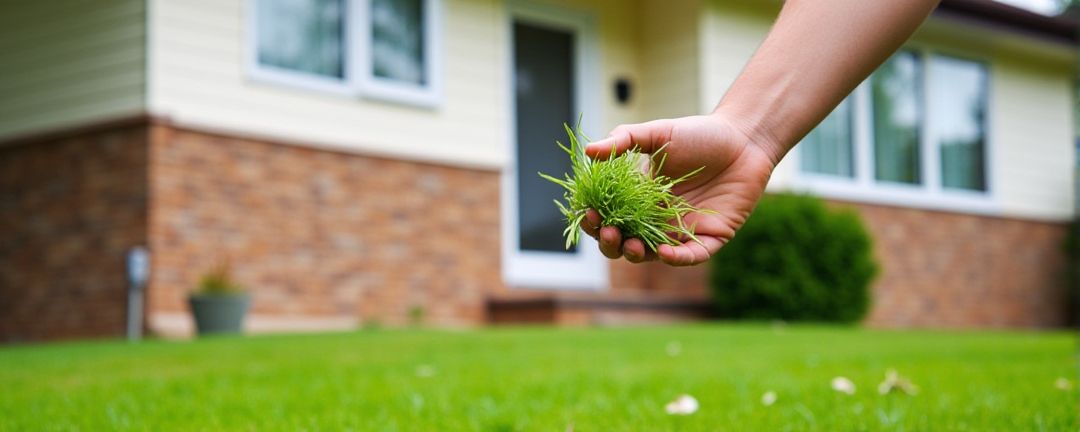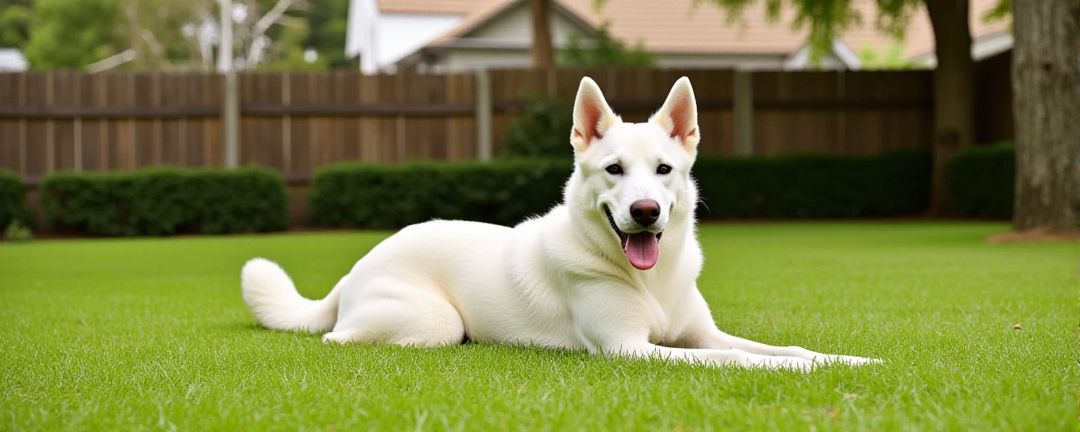
Lawn Care for Pet Owners: Tips to Keep Your Grass Green and Pet-Friendly
For pet owners, maintaining a lush, green lawn can feel like a balancing act. Pets love to run, dig, and sometimes relieve themselves in the yard, leading to common issues like bare patches, urine spots, and general wear and tear. However, with the right approach, you can keep your lawn healthy while providing a safe and fun space for your furry friends. Here are some tips to address challenges like urine spots, digging, and pet-safe treatments for a lawn that’s both beautiful and pet-friendly.
Understanding the Impact of Pets on Your Lawn
Pets can affect your lawn in various ways:
- Urine Spots
Pet urine contains high levels of nitrogen, which, in small amounts, can fertilize grass. However, concentrated nitrogen can cause brown or yellow patches surrounded by overly lush grass, commonly known as “urine burn.” - Digging
Some dogs love to dig, which can create holes and disrupt grass growth. Digging often occurs out of boredom, hunting instincts, or simply for fun. - Traffic Wear
Frequent running and playing can compact the soil, wear down grass blades, and create bare spots, especially in high-traffic areas. - Chemical Sensitivities
Pets are sensitive to certain lawn care chemicals. Many traditional fertilizers, herbicides, and pesticides can pose risks to their health if ingested or absorbed through the skin.
Tips for Managing Urine Spots
Dealing with urine spots is one of the most common challenges for pet owners. Here’s how to minimize the damage:
- Train Pets to Use a Specific Area
Designate a specific spot in your yard for your pet to relieve themselves. Use gravel, mulch, or a patch of artificial turf for this area to avoid damaging your grass. - Water the Area Immediately
After your pet urinates, dilute the nitrogen by watering the spot. This reduces the risk of “burn” and helps the grass recover. - Feed a Balanced Diet
A well-balanced diet helps reduce the nitrogen concentration in your pet’s urine. Consult with your vet about dietary adjustments if urine spots are a persistent problem. - Use Lawn Repair Products
Look for pet-safe lawn repair products to reseed and revive damaged spots. These products are often designed to work with your existing grass type.
Preventing and Managing Digging
If your pet is a digger, consider these strategies:
- Provide Digging Alternatives
Create a dedicated digging zone, such as a sandbox filled with sand or loose soil. Bury toys or treats to encourage your pet to dig there instead of your lawn. - Address Boredom
Pets often dig out of boredom. Provide plenty of physical and mental stimulation through walks, playtime, and puzzle toys. - Deter Digging in Specific Areas
Use barriers like garden fencing, chicken wire, or plant deterrents to protect areas you don’t want your pet to dig.
Reducing Traffic Wear
High-traffic areas can lead to compacted soil and thinning grass. Combat these issues with these tips:
- Choose Durable Grass Types
Some grass types, like Bermuda, Kentucky bluegrass, and fescue, are more resilient to wear and tear. - Aerate the Lawn
Aeration loosens compacted soil and allows air, water, and nutrients to penetrate the roots. Consider aerating high-traffic areas annually. - Create Paths
Lay down stone, gravel, or mulch paths in areas where your pet frequently runs to protect the grass.
Pet-Safe Lawn Care Treatments
Keeping your lawn healthy often requires fertilizers, weed control, and pest treatments. Ensure these products are safe for your pets:
- Use Organic Fertilizers
Opt for natural, pet-safe fertilizers made from ingredients like bone meal, seaweed, or compost. Always follow application guidelines and allow the lawn to dry before letting your pet roam. - Try Non-Toxic Weed Control
Vinegar-based or corn gluten meal herbicides can control weeds without harming pets. Hand-pulling weeds is another safe and effective method. - Control Pests Safely
Beneficial nematodes, diatomaceous earth, and essential oil-based sprays can help manage pests like fleas, ticks, and grubs without chemicals that may harm your pets.
Additional Tips for a Pet-Friendly Lawn
- Install Artificial Turf in Problem Areas
For areas that are constantly damaged, consider installing artificial turf. It’s durable, low-maintenance, and pet-friendly. - Maintain Regular Lawn Care
Mow, water, and fertilize your lawn regularly to promote thick, healthy grass that can withstand wear and tear. - Watch for Toxic Plants
Some plants, like lilies and azaleas, are toxic to pets. Remove or fence off any hazardous plants in your yard. - Clean Up After Your Pet
Pick up pet waste regularly to prevent odors and protect the health of your grass.
Creating a Harmonious Outdoor Space
As a pet owner, your lawn can still be a beautiful and functional outdoor space with the right care and planning. By addressing issues like urine spots, digging, and traffic wear, and using pet-safe lawn care treatments, you can enjoy a lush, green yard that’s safe for your pets to play in.
At Terra Mows Outdoor Services, we understand the unique challenges pet owners face. Contact us for advice or to learn more about creating a pet-friendly lawn that meets your needs. Let’s work together to make your lawn a space you and your furry friends can enjoy all year round!
